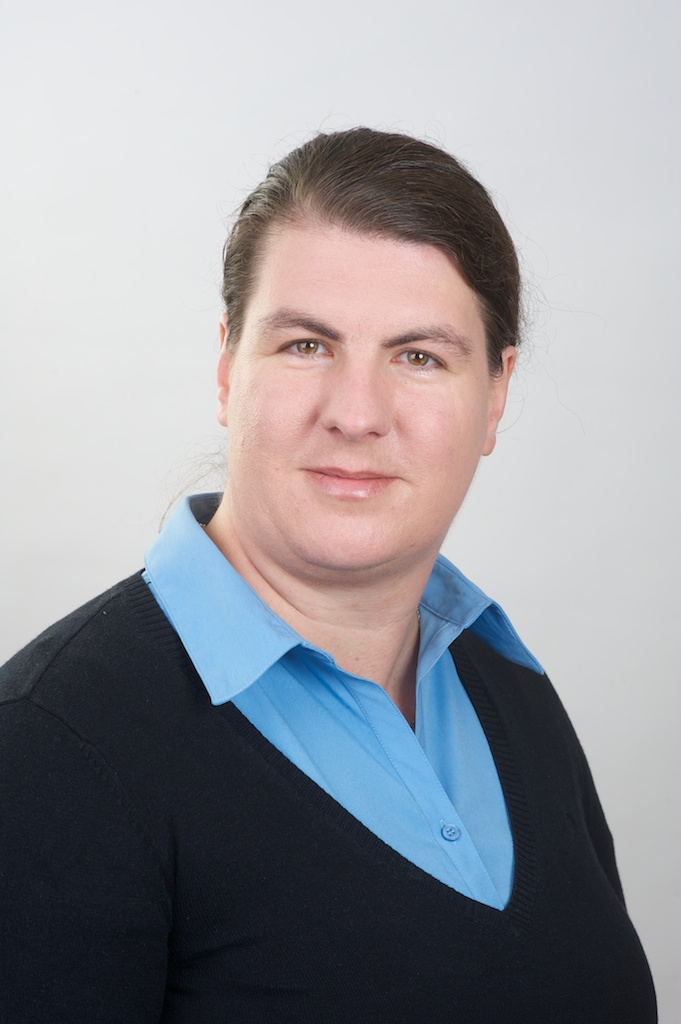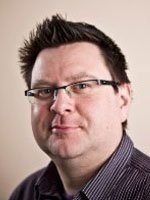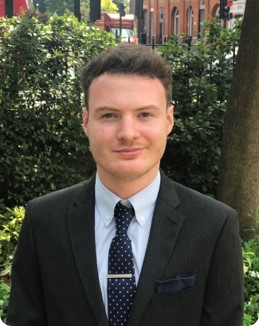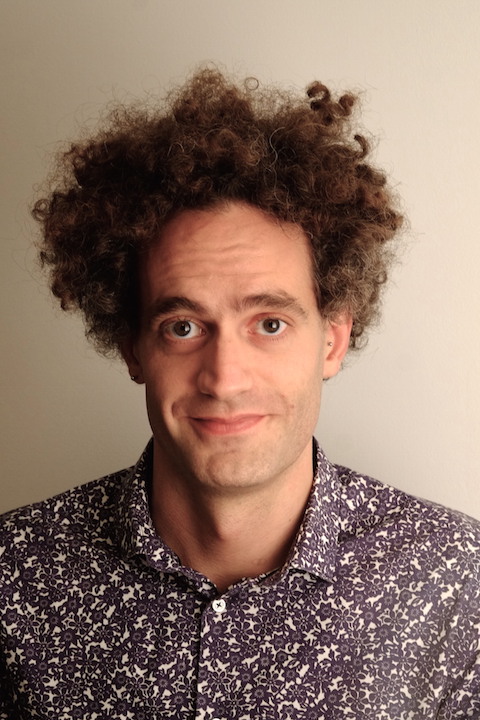
Session 1: Biology
Quantitative micro-computed tomography for joint biomechanics and mechanobiology. Dr Kathryn Stok, University of Melbourne
Dr Kathryn Stok (FIEAust) is Associate Professor of Mechanobiology in the Department of Biomedical Engineering at the University of Melbourne, and an innovative biomedical engineer in quantitative microstructural imaging (micro-computed tomography) and biomechanics of cartilage and joint structures....
Dr Kathryn Stok (FIEAust) is Associate Professor of Mechanobiology in the Department of Biomedical Engineering at the University of Melbourne, and an innovative biomedical engineer in quantitative microstructural imaging (micro-computed tomography) and biomechanics of cartilage and joint structures. Dr Stok aims to improve mechanobiological measurement using novel microCT, mechanics and computational modelling. This involves the development of novel, in vivo, imaging-based measurement technologies for hard and soft biological tissues in 3D at different length scales. She Heads the Integrative Cartilage Research Group, and is a co-founder of the Melbourne School of Engineering Mechanobiology Lab in the Parkville Biomedical Precinct: www.integrativecartilageresearchgroup.com



